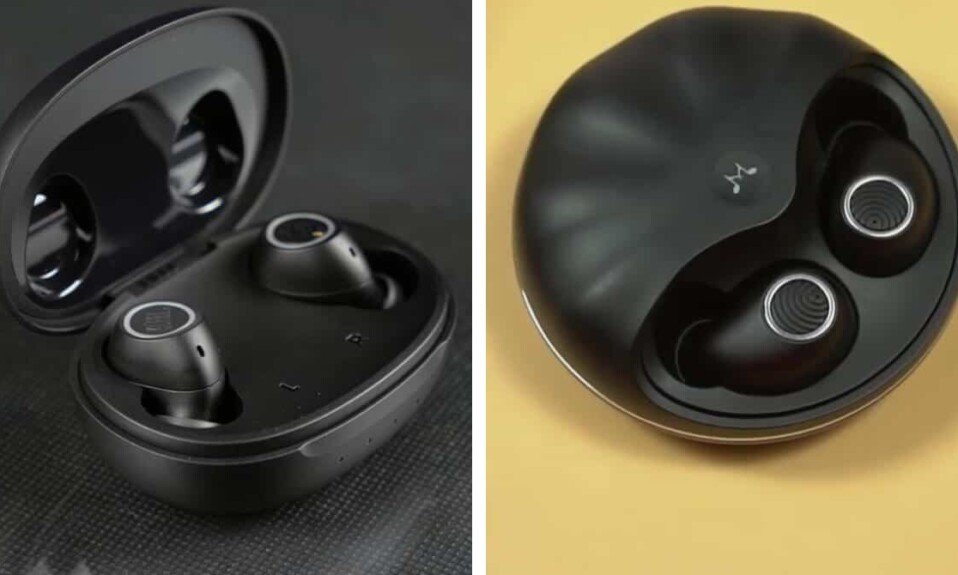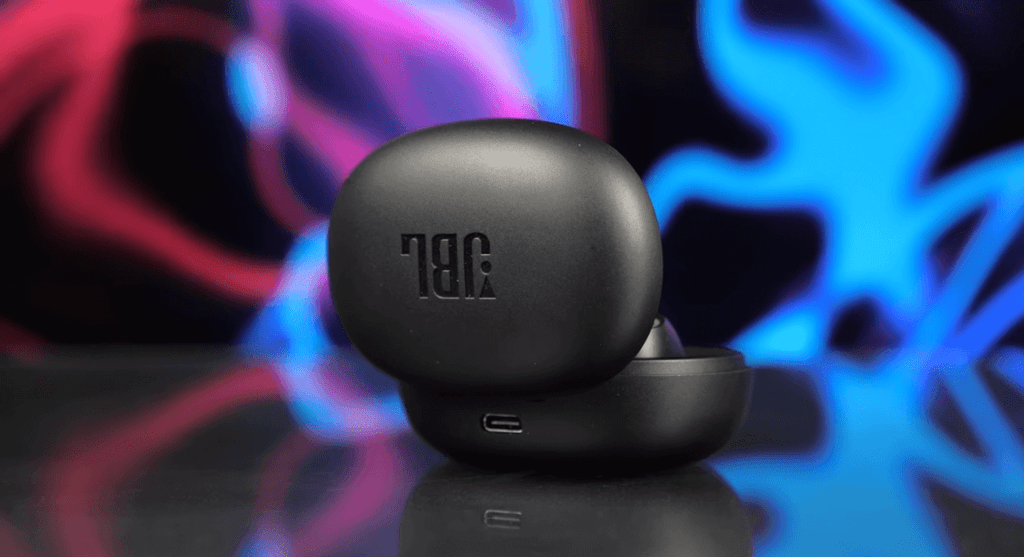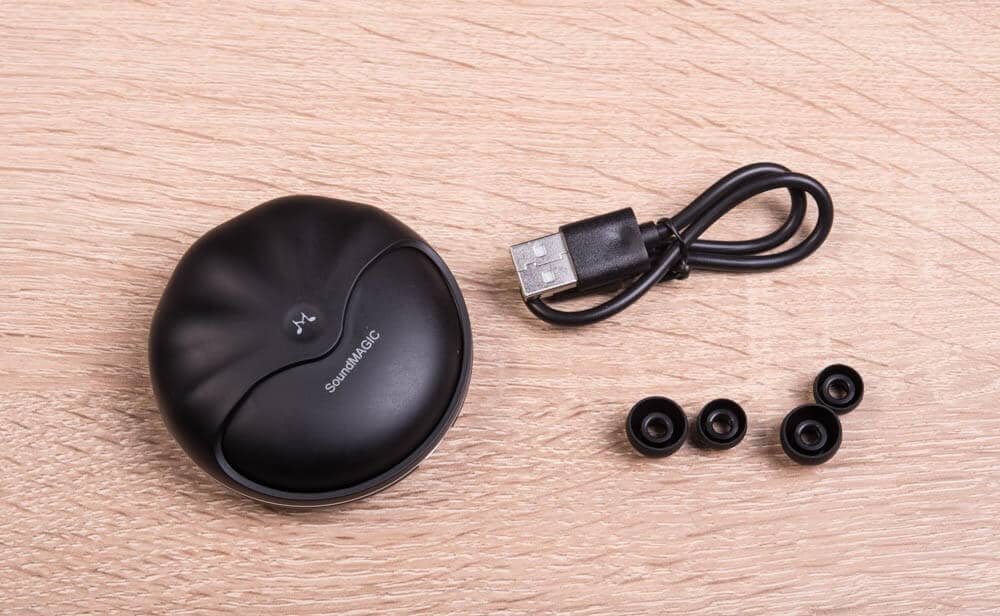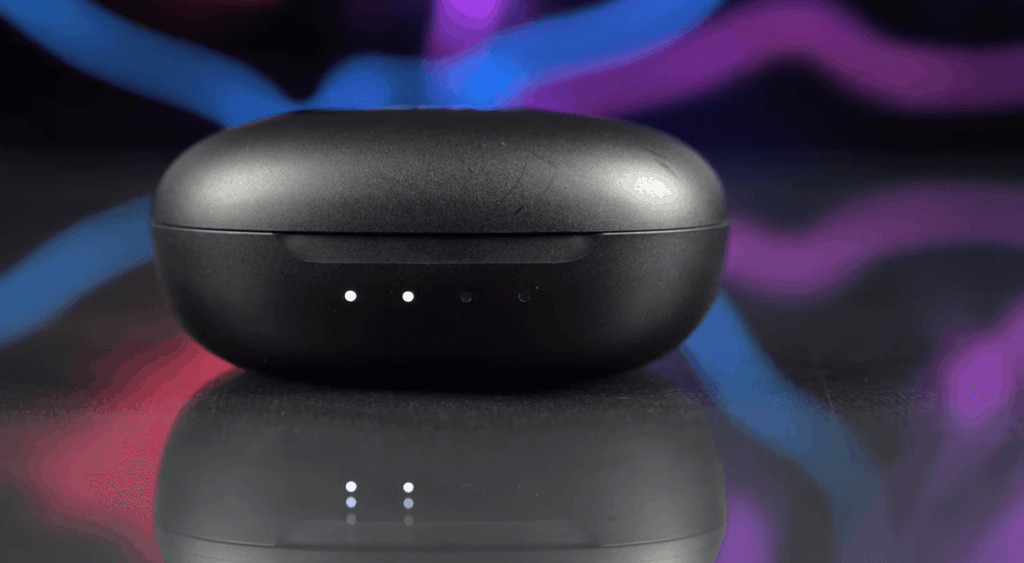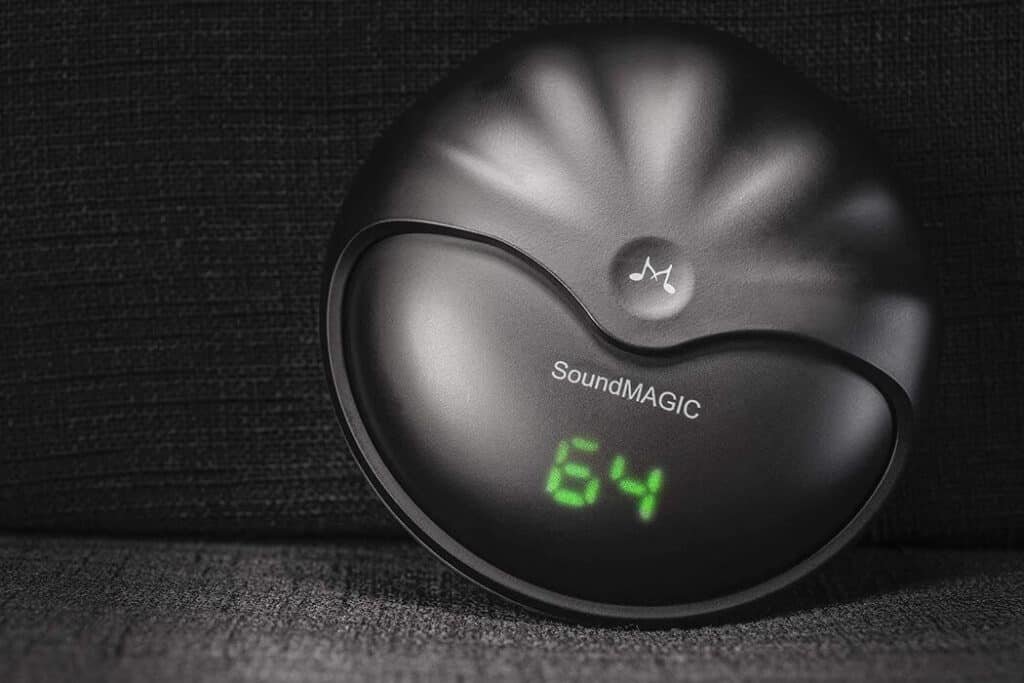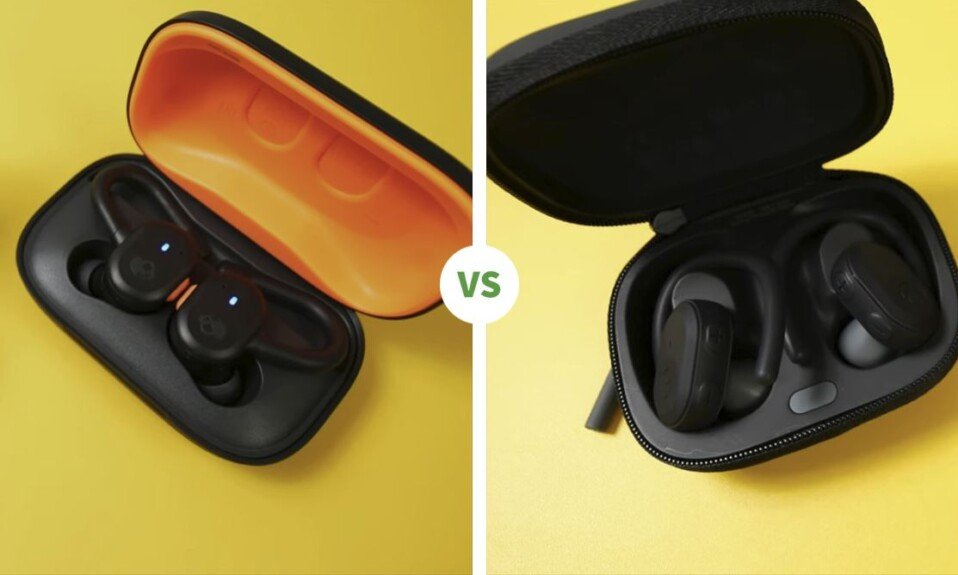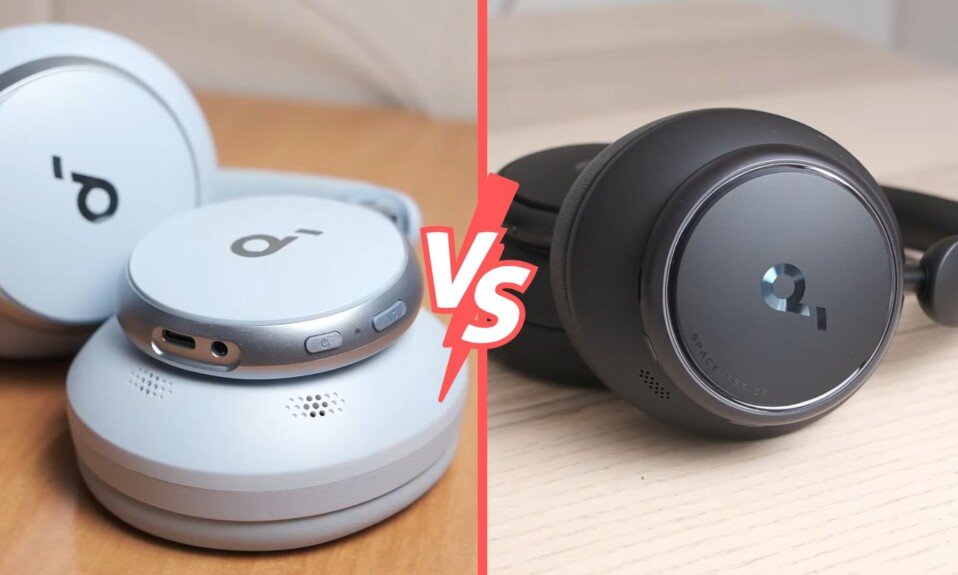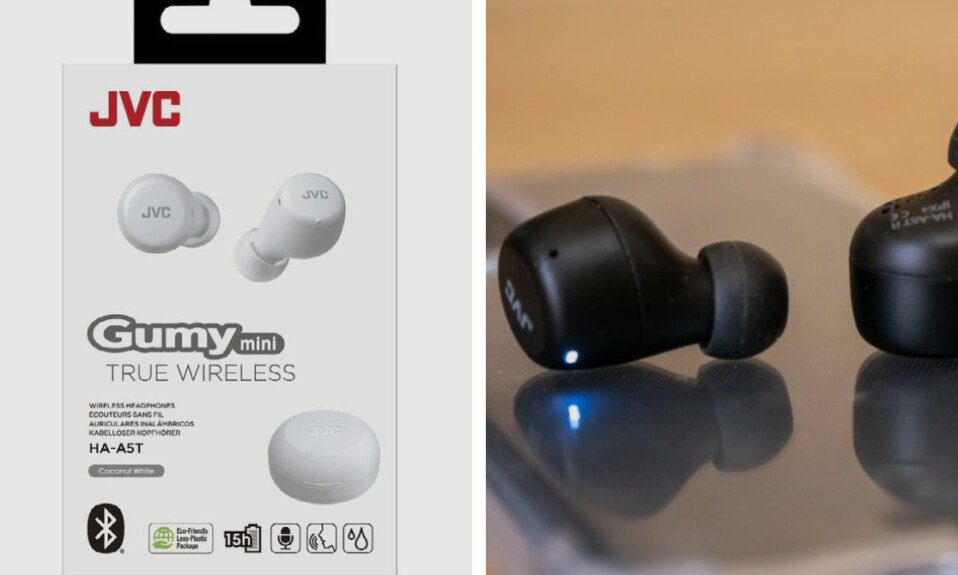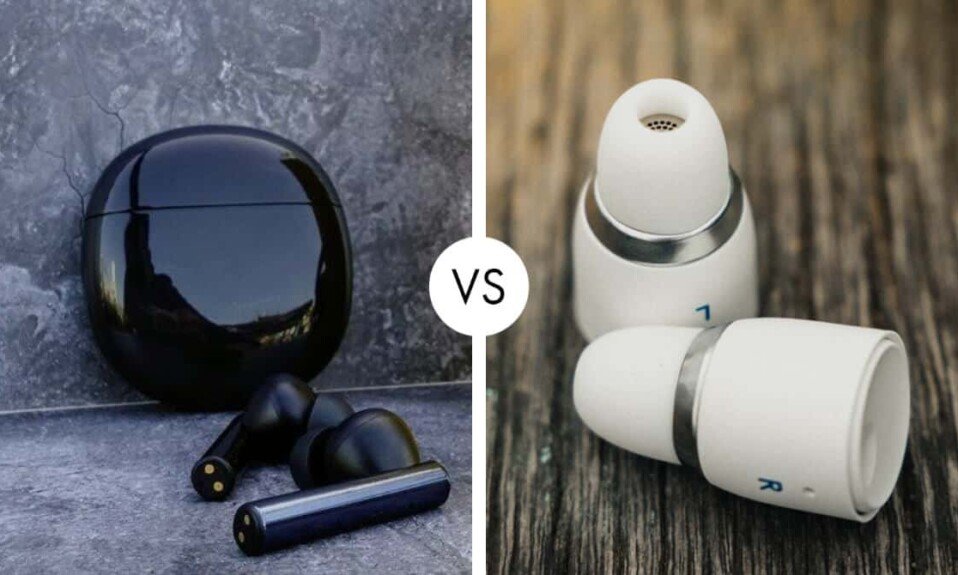JBL’s vision, in which they want to embody a “people-tailored” earphone, is clearly in the form of JBL Free II TWS. It hides the technique behind a modern, sleek design, targeting as many potential interested camps as possible in a unisex way. It has been further polished compared to its predecessor, and while it has yet to venture into the world of hi-fi, it points to the benefits of the TWS category.
SoundMAGIC TWS 50 likes to apply specialties to the so-called entry/middle category, which is clearly growing unstoppably. Thus, it is legal that they also prepared their completely wireless solution for those who want to experience the freedom of cable freedom.
General
| JBL Free II TWS | SoundMAGIC TWS 50 | |
| $ | CHECK PRICE | CHECK PRICE |
| Brand | JBL | Sound |
| Type | In-Ear | In-Ear |
| Colors | Black, White, | Black |
| Battery life | 24 Hours | 45 days |
| Weight | 62 g (case) | 45 g (case) |
| Connectivity | Wireless | Wireless |
JBL Free II TWS
Instead of the 4 hours of operation of the previous generation, up to 6 are possible with JBL Free II, thanks to the better energy demand of Bluetooth 5.0. At the same time, the weight of the charger case and earphones has also been reduced. The capacity of the main battery has been reduced by almost half; however, the operating time (in combination with the charger case) can be up to 24 hours.
Meanwhile, the updated earphones have not become more expensive even as a result of the virus situation. Almost nothing has been changed on the capsules that fit in the ear; they still follow the same drop-like shape, making longer-term use more pleasant.
SoundMAGIC TWS 50
The SoundMAGIC TWS50 Bluetooth 5.0 chip headset brings the “standard” extras of all-wireless systems: right-to-left headphones/scrubs that can be used independently, sweat- and rain-resistant IPX7-certified design, and up to 10 meters range. Battery life is 5-7 hours depending on usage, with a maximum of 30 hours complete with a dock after an hour and a half of charging.
As an added extra (at least we haven’t come across these in this category yet): the earphones are touch-controlled, and the green digits on the dock/cradle housing show the percentage of battery charge. The shape of the storage unit itself differs from the usual one, with a slightly aesthetic exterior and a swivel lid that mimics a shell.
Design
| Plastic | JBL Free II TWS | SoundMAGIC TWS 50 |
| Type | In-Ear | In-Ear |
| Driver Type | Dynamic | Dynamic |
| Wireless | Yes | Yes |
| Noise Cancelling | No | No |
| Dimensions earphone | 160 x 100 x 41 mm | 80 x 70 x 40 mm |
| Foldable Design | No | No |
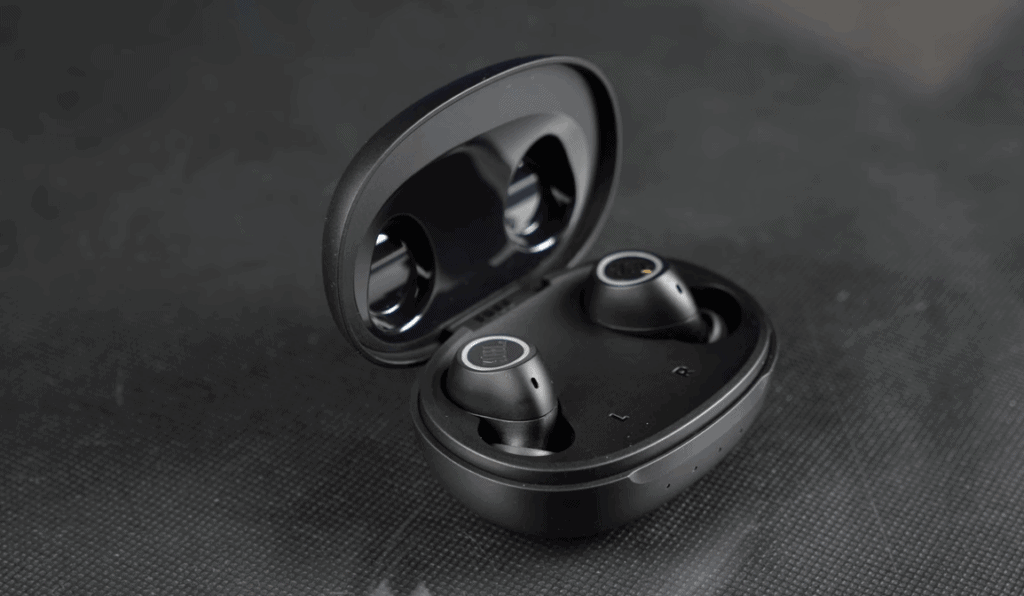
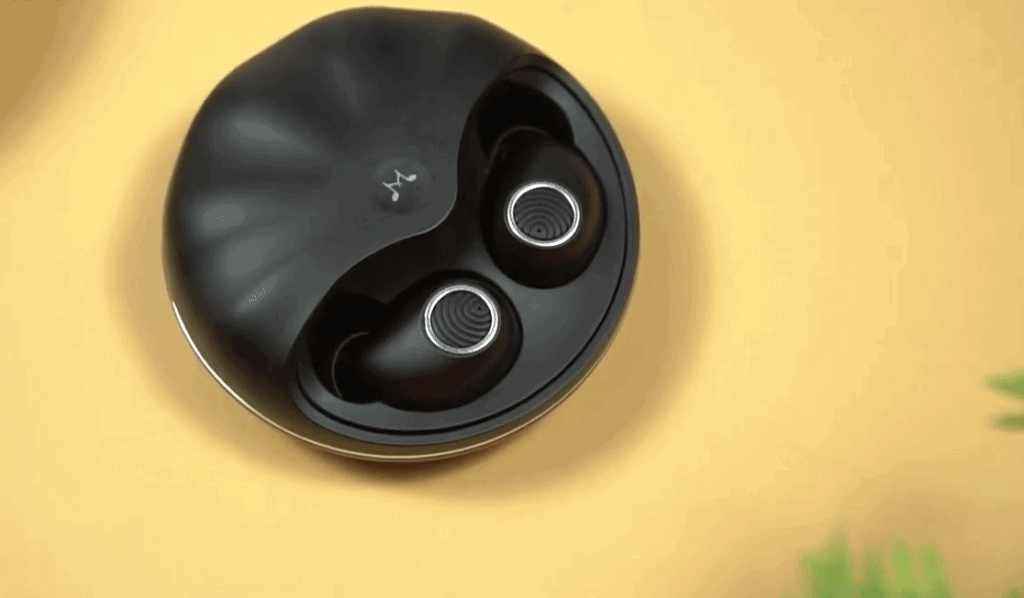
Features
| JBL Free II TWS | SoundMAGIC TWS 50 | |
| Microphone | Yes | Yes |
| Music Controls | Yes | Yes |
| Quick Charge | Yes | Yes |
| Speakers | Yes | Yes |
| Drive | 5.6 mm | 6 mm |
| Frequency Response | 20Hz – 20kHz | 20Hz – 20kHz |
| Impedance | 16 Ohms | 20 Ohms |
JBL Free II TWS
Free II TWS can be automatically paired with your source device in seconds (if you have Android) from the time you open the case. It can be paired with up to two devices, so it becomes useful with a phone and a laptop, for example. It can also be used in so-called half-sided mode, which is an advantage in the case of a submersible battery.
The built-in battery is charged with a USB-C socket. Fortunately, this standard is now widespread and much more convenient than, e.g., a micro USB. Otherwise, the Free II is IPX 4 certified, meaning it is drip-proof, so it is likely to withstand rain and sweat.
SoundMAGIC TWS 50
Both the earphones and the dock are made of matte black plastic. The former blend surprisingly well into the ear canal due to their bean/water drop shape. Both earphones have a status LED that informs you in blue and/or red. Of course, the package also includes silicones of different sizes that fit into the ear canal.
The earphones are “jumped” onto the gold-plated charging contacts inside the case using magnets. The built-in battery can be charged with a micro USB cable. The overall picture (due to the slightly wobbling rotating lid of the dock) somewhat shows that we are not dealing with a premium category product, but it still holds its place in this category.
Battery
| JBL Free II TWS | SoundMAGIC TWS 50 | |
| Battery Type | Li-Po | Li-Po |
| Capacity | 55 mAh | – |
| Battery Life | Up to 24 hours | Up to 45 days |
| Charging Time | 2 hours | 1 hours |
| Charging Port | USB-C | USB-C |
| Qi Wireless Charging | No | No |
JBL Free II TWS
From a fully discharged state, approx. The main battery was 100% charged in 2 hours; we couldn’t find out the 6 hours of music on paper because we never used the headphones for more than 1-2 hours. Nonetheless, it can be stated that with 1-2 hours of use per day, only 2-3 charges per week were required, which is acceptable from a device of this category. The built-in microphone can be called average: in a quiet environment, the Free II is a carefree telephone accessory, but in the case of unexpected noises, it cannot filter out outside noise, which can be especially annoying for the other party.
SoundMAGIC TWS 50
The battery life really brings the values stated by the manufacturer; however, the standby time proved to be only 4-5 days, even for 1-2 hours of use per day. While the dock was 98% full in the evening, it was approx. Its green display showed 65%.
Connectivity
| JBL Free II TWS | SoundMAGIC TWS 50 | |
| Bluetooth | Yes | No |
| Multi-Device Connection | No | No |
| Connection | Wireless | Wireless |
| Transmitter Power | 10 dBm | 107 dBm |
| Range | 10 m | 10 m |
JBL Free II TWS
Compared to the previous generation, the narrower case proved to be better for grip and easier to fit in the pocket. The 4 white LEDs indicating the battery charge are not inside the case but in front of it. Thus, the charge of the earphones was already visible from meters; another issue was that the tiny white dots were still lit for minutes after the cover was closed. The white hoop around the JBL logo on the earphones is also illuminated in white/blue, thankfully with no annoying brightness.
Use the right and left buttons on Free II to execute standard TWS commands. Use the left unit to skip forward / backward between tracks and the right unit to play/start or activate the virtual assistant. Both sides’ common “capability” is one-touch short-term phone call handling and a three-second microphone mute. In mono (i.e., single-sided) mode, we got the capsule functions on the right, so we could not switch songs in this case.
SoundMAGIC TWS 50
The comfort of the earphones is clearly better than expected. They do not include rubber protrusions such as those found on some sports earphones. The advantage is that the TWS50 tries to cling to the ear with less protrusion, so it does not (or only to a negligible extent) cause a pressing, tightening feeling. Its possible disadvantage is that it slips easily out of place during more intense exercise (e.g., running). On the other hand, it stays in the ear quite well during sitting, walking, and possibly yoga. Noise-canceling capability is also good. This earpiece can be ideal for those who want to exclude a significant part of the outside world without active noise filtering.
Touch-sensitive surfaces require patience, time, and habit. They are also straightforward to touch while adjusting the headset, which can also cause an unexpected music stop/start. Different commands have been programmed for both capsules (from signal level setting to music navigation), so anyone who does not immediately retrieve the user manual can find it very difficult to get to know them.
Conclusion!
The JBL Free II is made for multimedia purposes and doesn’t try to be more than what it suggested at first glance: a mid-range TWS headset. Its advantage is that it provides better comfort than expected and, as it is closed, it can provide surprisingly good noise insulation even without ANC. Those looking for more balanced, high-quality stereo sound in terms of space and resolution are better off with a more expensive or pre-wired alternative.
The SoundMAGIC TWS 50 provides quite a pleasant comfort. It does not offensively stretch the ear, so it does not frustrate in the long run, e.g., during office work or more restrained exercise. Overall, it is recommended for those who are not primarily looking for complex symphonic pieces but rather for light music (rap, hip-hop, disco, etc.) genres and general multimedia purposes (such as watching videos and making phone calls in a quiet environment) with a wireless-friendly ear Compared to AirPods; it is cheaper, more stable and better eliminates external noise.
